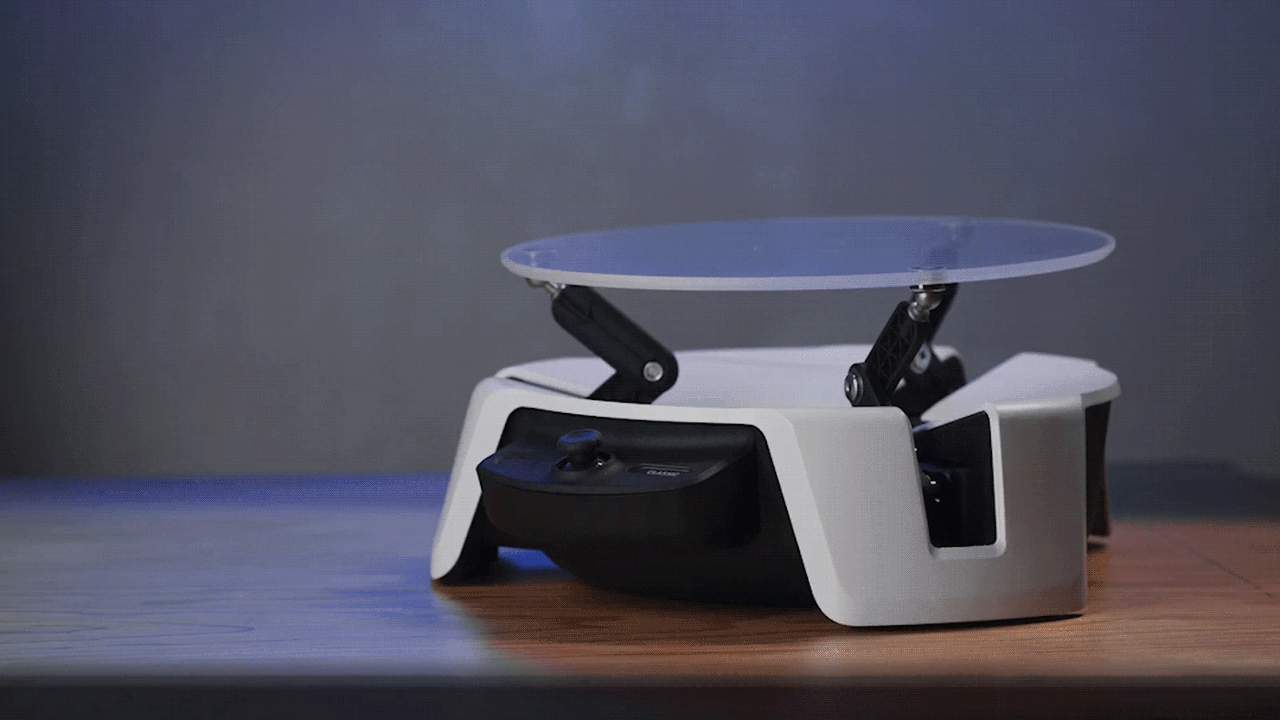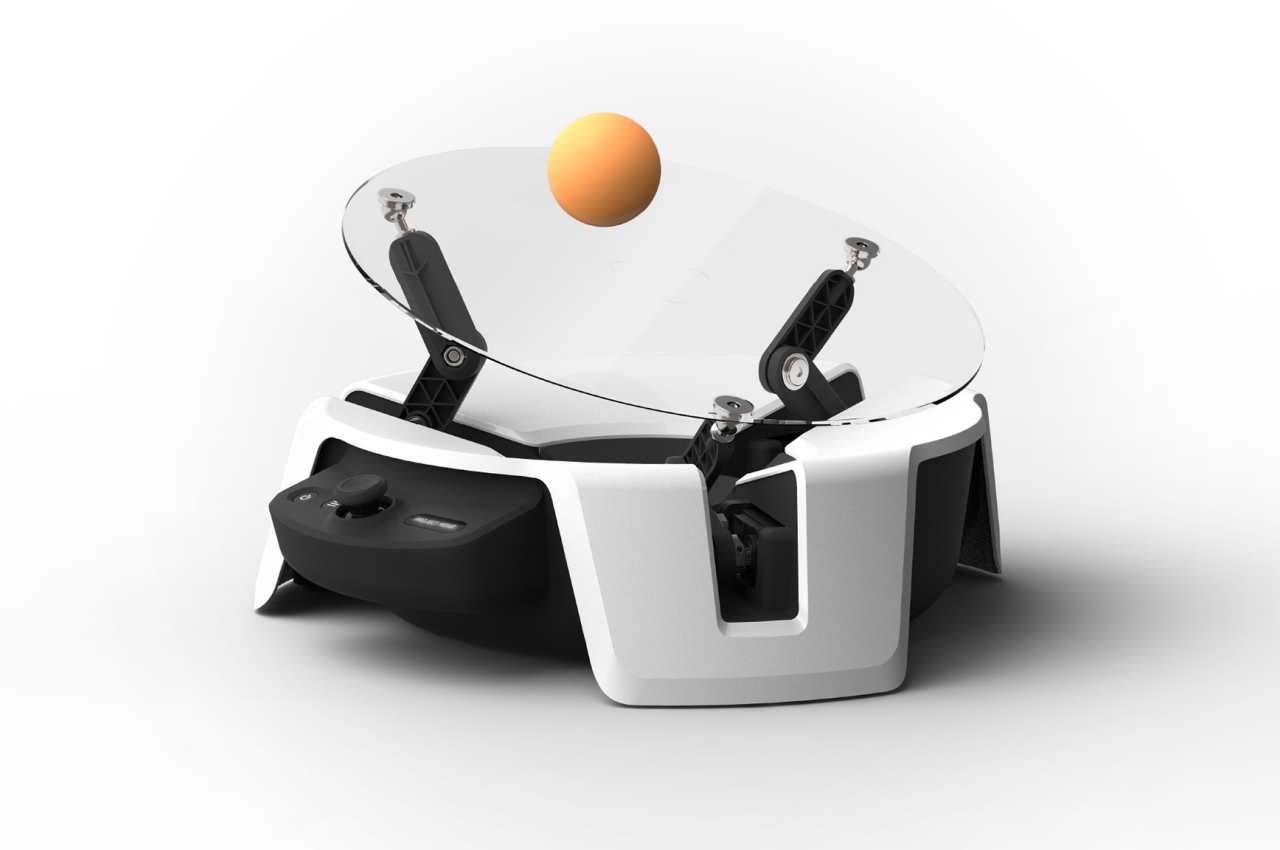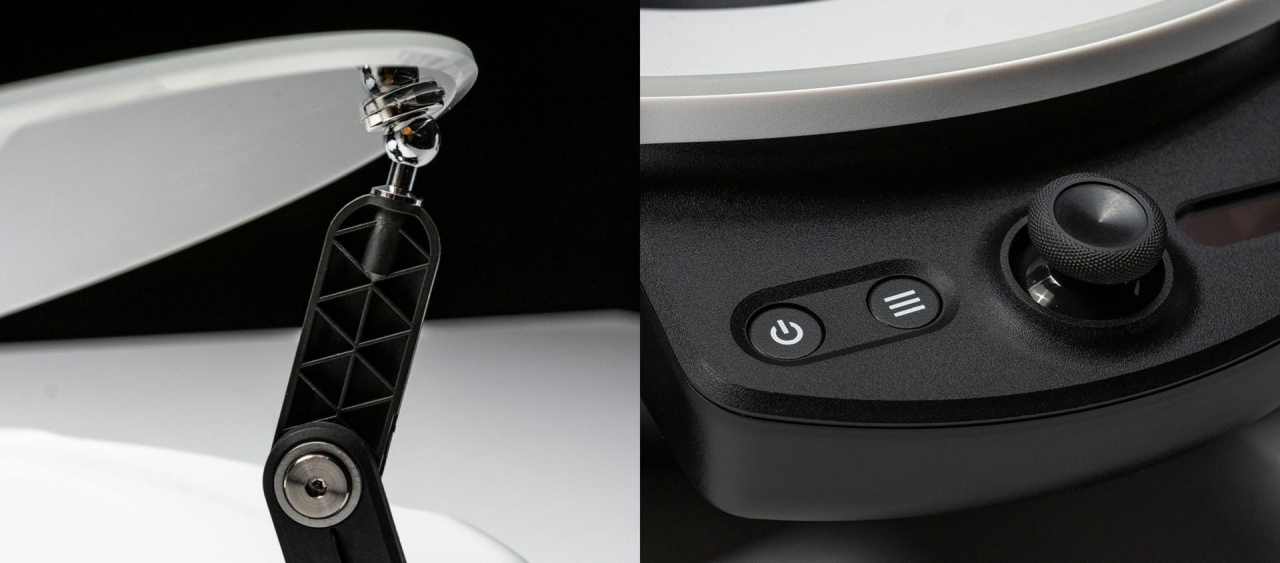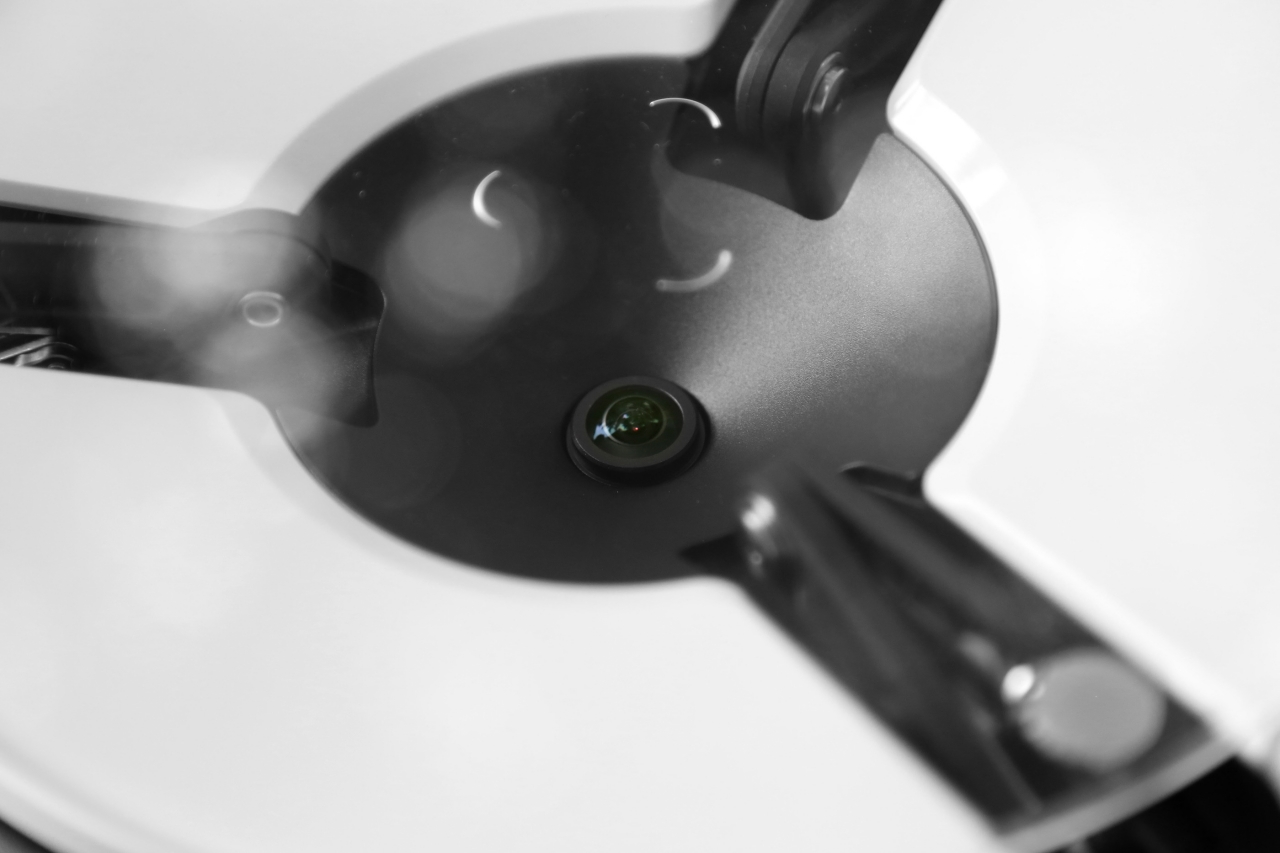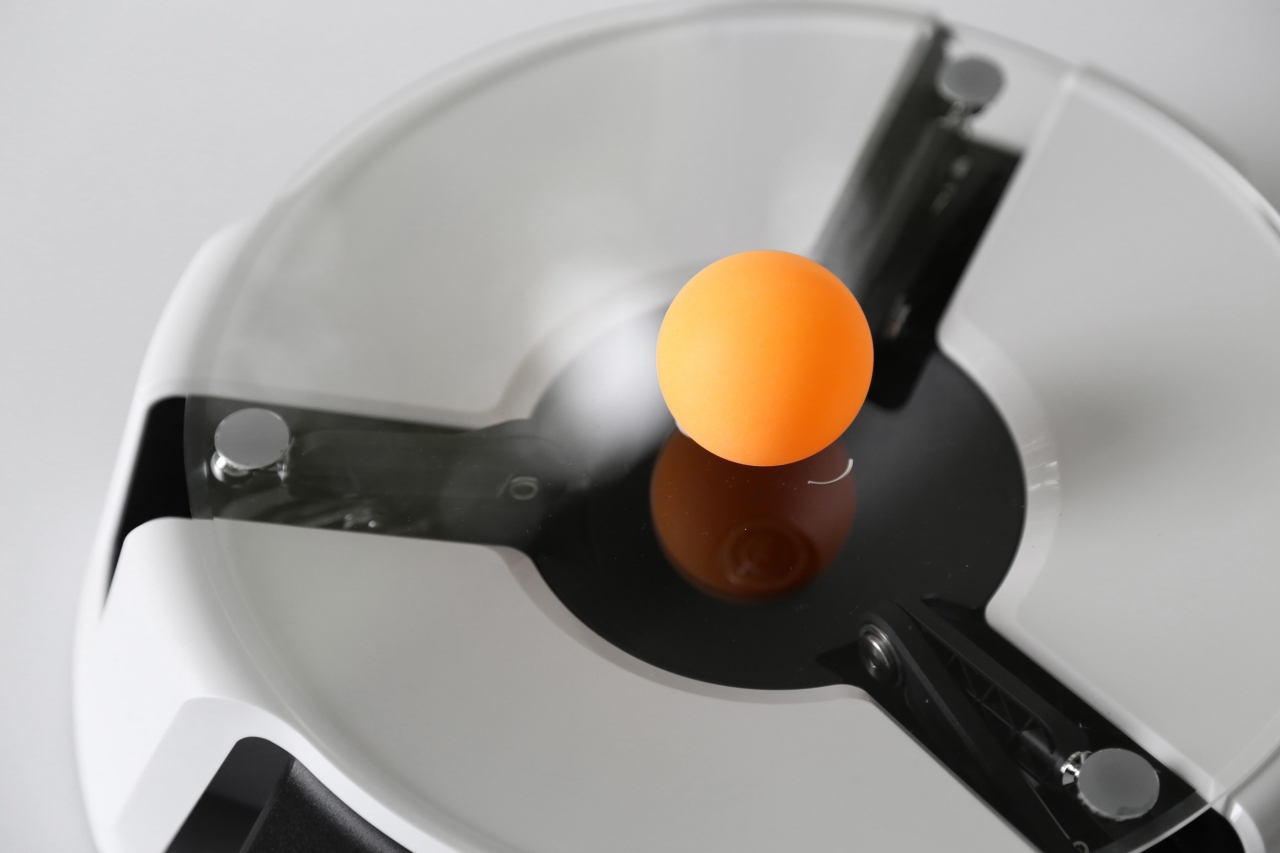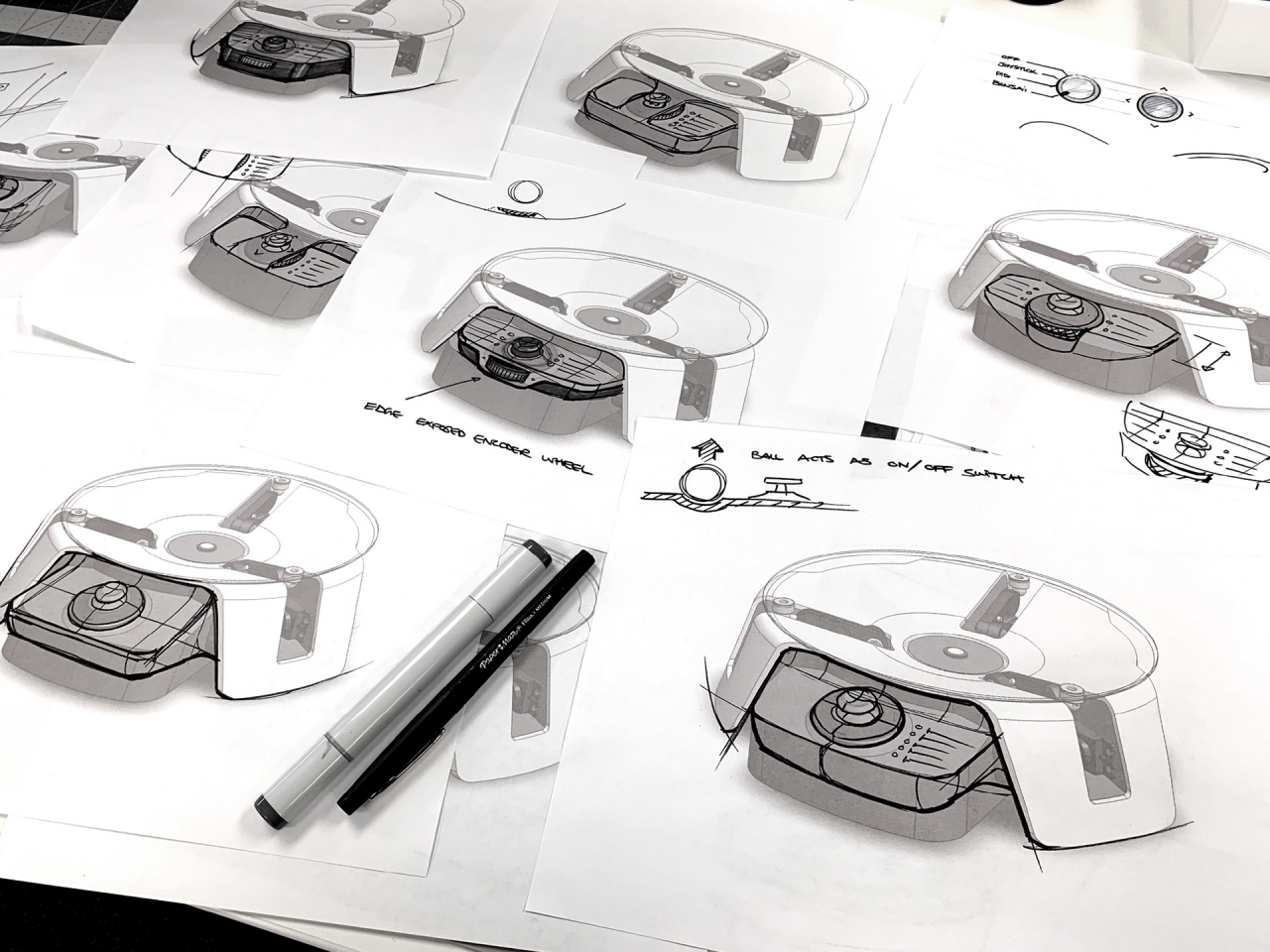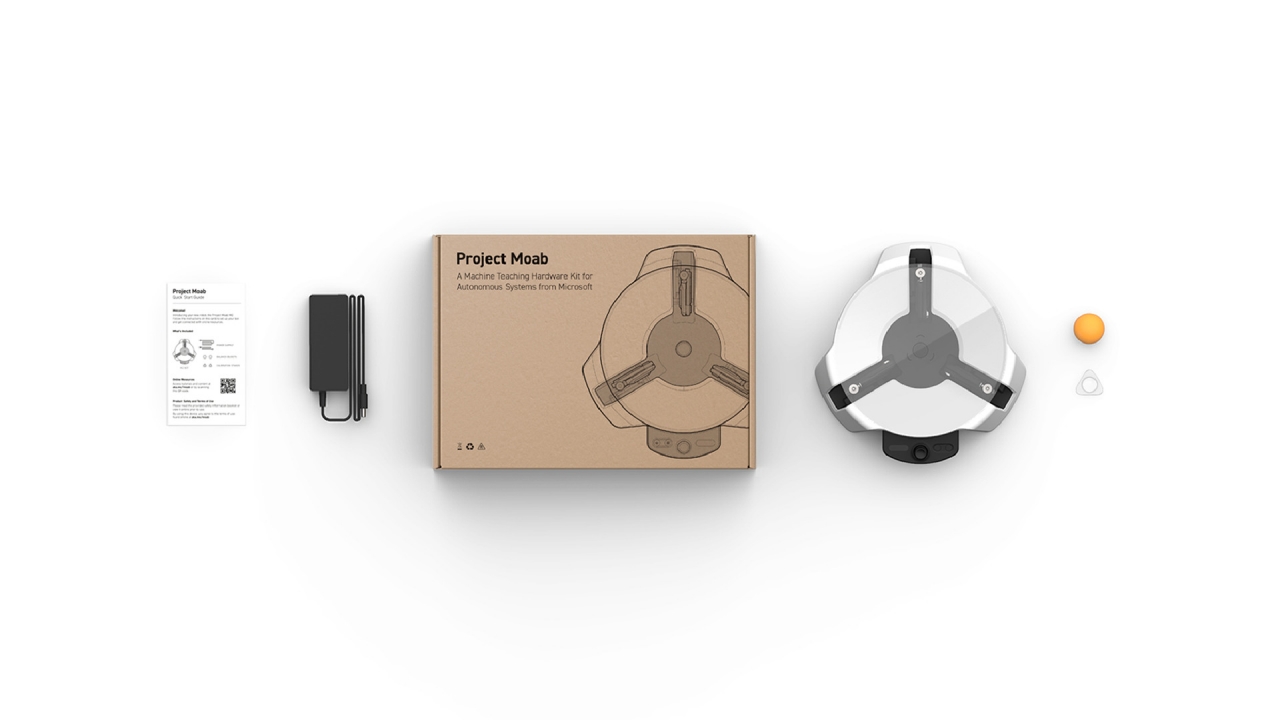Every kid thinks that keeping a pet is easy-peasy, at least until they get to the nitty-gritty of feeding and grooming, and that’s only for pets confined at home. Even grownups have issues when it comes to letting dogs and cats out and back in daily, which requires installing a pet door that is often an open invitation for other critters to come uninvited into your home. We don’t have such problems with humans, thanks to advancements in machine learning and computer vision. It’s about time that we use those same technologies to keep our pets and our houses safe, which is the peace of mind that this smart pet door promises homeowners and their furry friends.
Designer: Javis Sijin
Click Here to Buy Now: $169 $229 (26% off). Hurry, only 183/200 left!
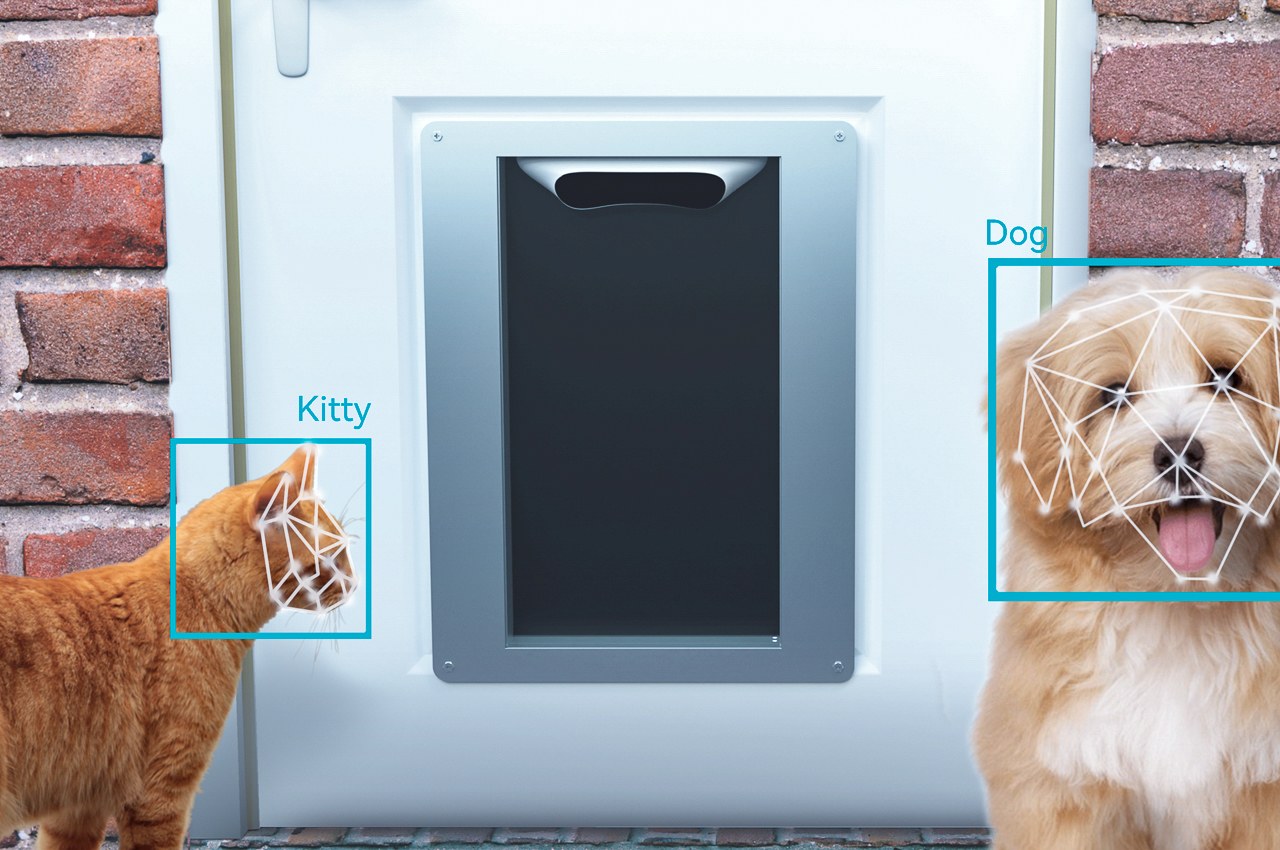
Common pet doors can easily let pets in and out easily, but they also don’t offer protection against other animals that aren’t your pets, especially raccoons and, worse, coyotes or wolves. Other doors might go overboard, on the other hand, and become safety hazards to pets themselves. There are also some smart doors available, but they require putting an uncomfortable collar around your four-legged companion, akin to asking your family to wear ankle monitors just so your smart home security will recognize them.

We live in a time of AI-powered facial recognition, and those don’t actually have to limited to be limited to humans. In fact, there are plenty of examples where AI accurately recognizes different kinds of animals, and that is exactly the kind of technology that serves as the foundation of Petvation’s innovative smart pet door. In a nutshell, this door can distinguish your pet’s face from other animals to make sure it only opens your home to extended members of your family.
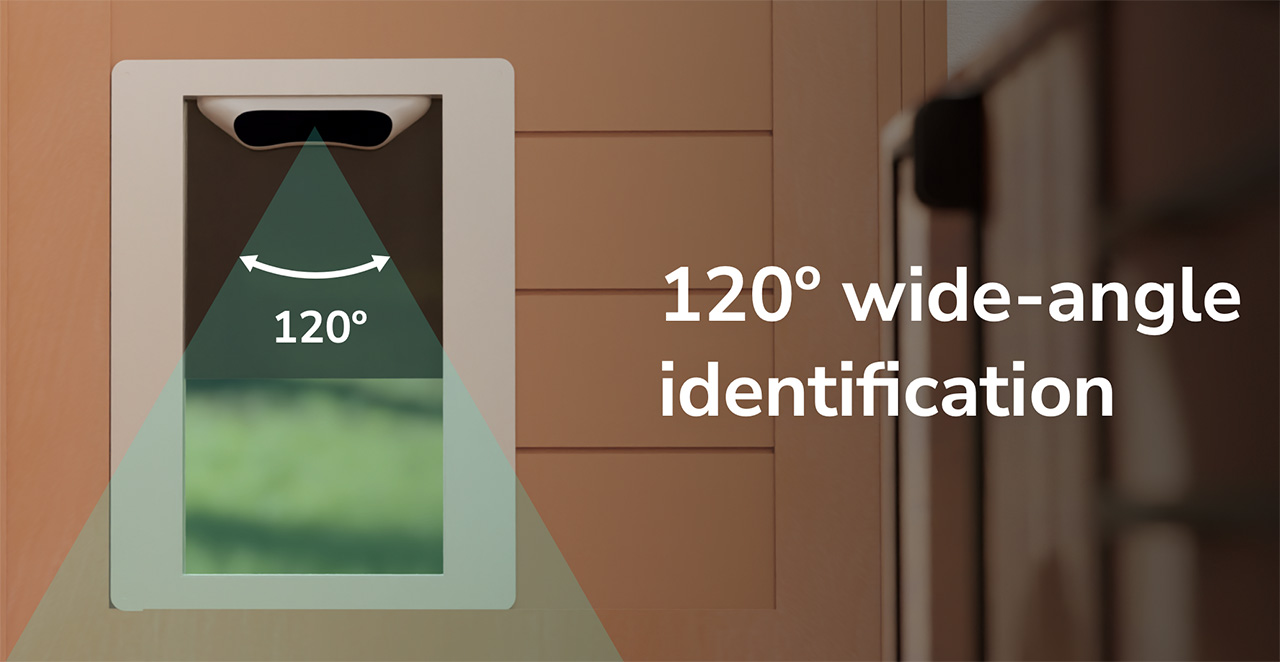
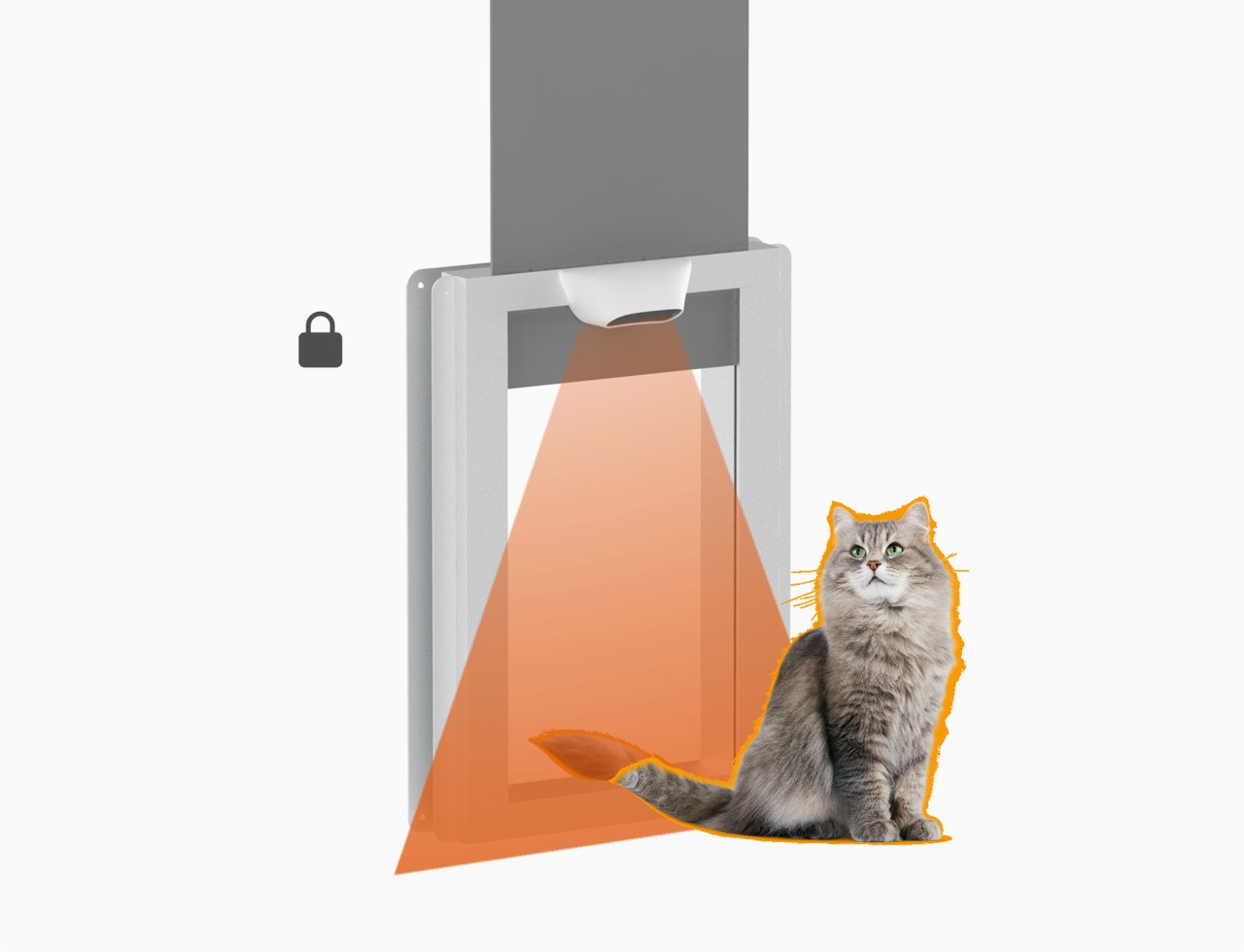
Anti-pinch Sensor
Petvation is a lot more sophisticated and a lot smarter than that, of course. It also has motion detectors to make sure that it closes the door only after your pet has gone through it completely. And just to be completely sure, it also has an anti-pinch sensor that can detect objects as small as 0.2 inches, ensuring that no tail will be harmed ever again. And last but definitely not least, the door runs a self-diagnostic check every time it opens and closes to make sure everything is in order and warn you if one of its sensors isn’t working properly. Of course, everything can also be controlled and monitored through your phone app, putting you in complete control of the door and your pets, not the other way around.
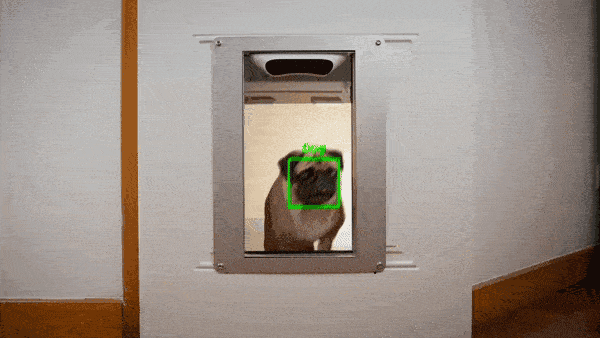
The smart door’s intelligence actually goes beyond the technology and extends to the very design of the product. Rather than flaps or doors that slide sideways, Petvation’s specially-designed motor quietly raises and lowers the cover, which means it requires less space for a door to be installed. Along with the built-in security latch, the PC door and aluminum alloy frame ensure stability, durability, and safety, both for pets and humans alike.
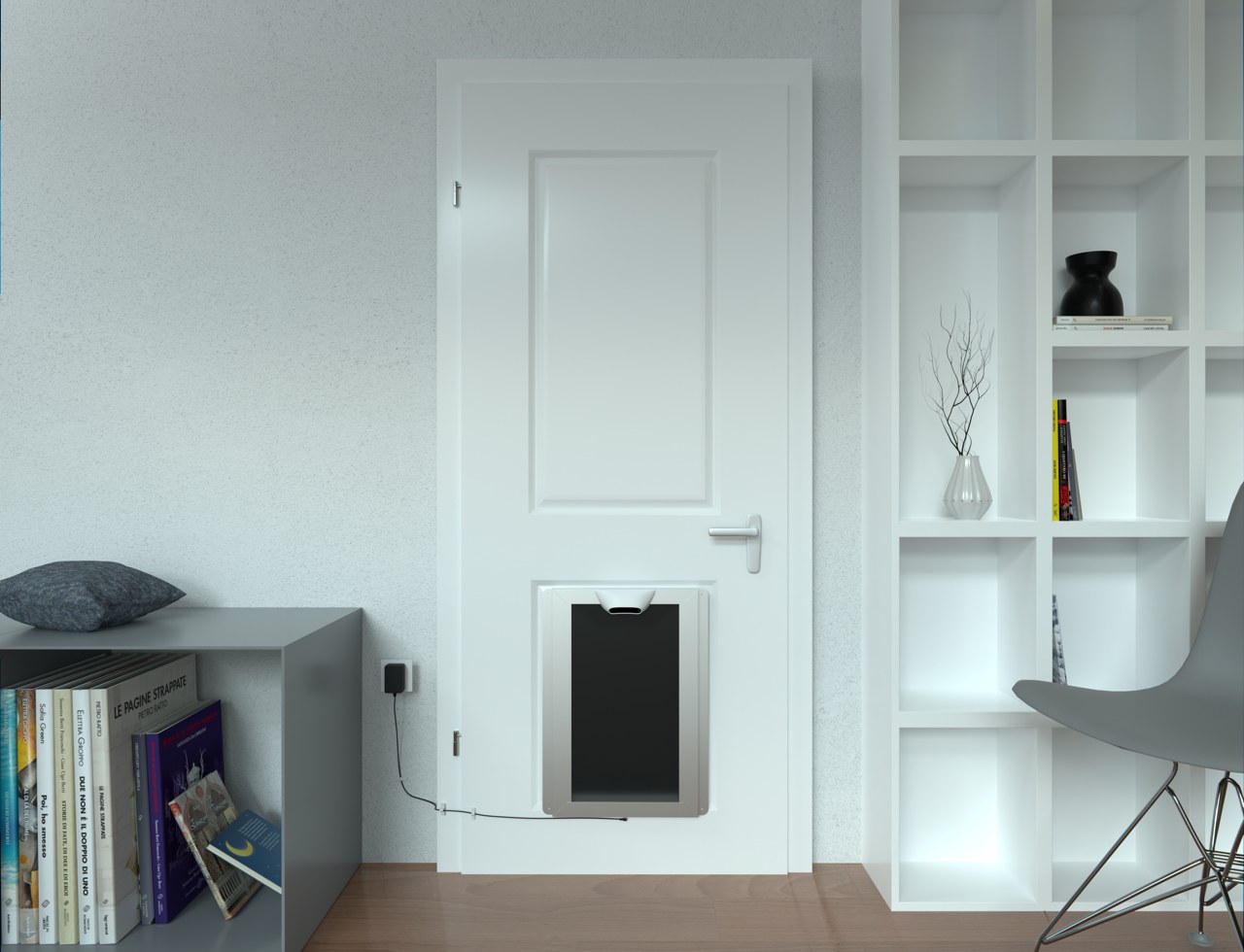
Despite its advanced features, Petvation is designed to be easy to install and can be used on any type of door or wall between 20mm (0.8in) and 185mm (7.3in) in thickness. It is powered by a 12V wall plug, which is actually a strength rather than a disadvantage. It means that the smart door will always be getting the right amount of power to remain accurate and fast all the time. You can even power it from a power bank, which can come in handy during power interruptions.
Our human lives have become safer and more convenient thanks to innovations in technology, and there’s no really no reason why our pets have to continue living in the past. This smart door takes technologies and techniques that have been around for years now and applies them to something that sounds so trivial but has a compounding effect on the wellbeing of our pets and, in the long run, our own peace of mind as well.
Click Here to Buy Now: $169 $229 (26% off). Hurry, only 183/200 left!
The post Petvation lets your pets in and out safely with a smart door that recognizes their faces first appeared on Yanko Design.










